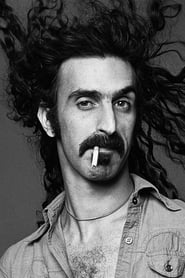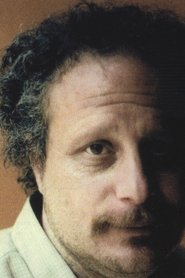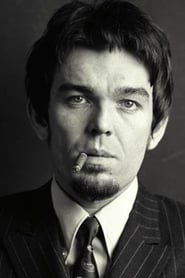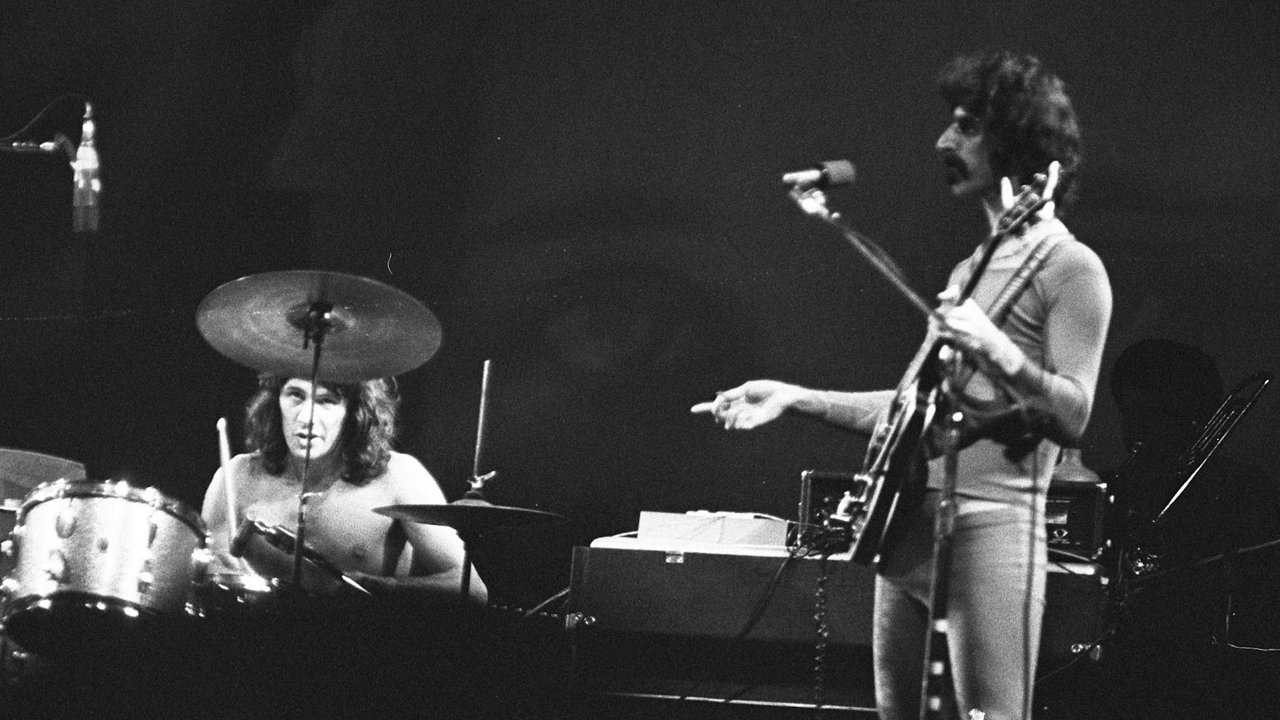
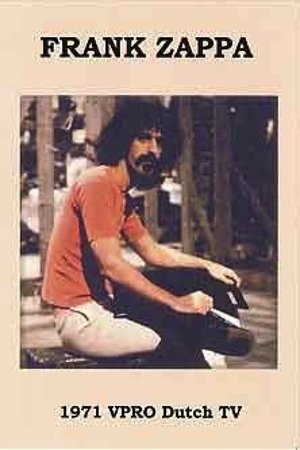
Frank Zappa(1971)
The Documentary centers around Zappa at home, and on Tour. The amazing thing is that Zappa allowed a guy with a camera to film the band at the Fillmore West w/ Flo and Eddie. There are times when the camera man seems to be on the stage. The performance is recorded from only one camera angle. There are only 4-5 songs presented here.....and Zappa referring to the Fillmore West as the ‘Psychedelic Dungeon’ is priceless………..It is a great piece of history.

Movie: Frank Zappa
Top 10 Billed Cast
Self
Self
Self (archive footage)
Self
Self (archive footage)

Frank Zappa
HomePage
Overview
The Documentary centers around Zappa at home, and on Tour. The amazing thing is that Zappa allowed a guy with a camera to film the band at the Fillmore West w/ Flo and Eddie. There are times when the camera man seems to be on the stage. The performance is recorded from only one camera angle. There are only 4-5 songs presented here.....and Zappa referring to the Fillmore West as the ‘Psychedelic Dungeon’ is priceless………..It is a great piece of history.
Release Date
1971-02-11
Average
0
Rating:
0.0 startsTagline
Genres
Languages:
EnglishKeywords
Similar Movies
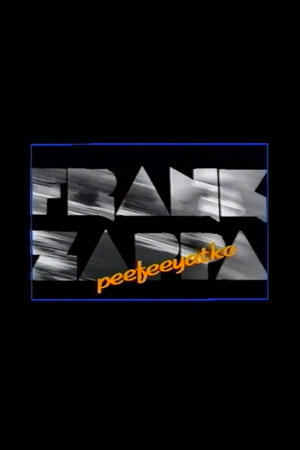 0.0
0.0Frank Zappa: Peefeeyatko(en)
For the past ten years Zappa in composing has turned away from Rock and Roll music - for which he first became famous - and has been working on new, contemporary, orchestral electronic music; in solitude and beyond any commercial conventions or commitments. It is the first time that Zappa has allowed a film crew to study him during compositional work, actually filming the first moments of a new compositional process. By contrast, in a staged interview Zappa gives comments on music. This film seeks to reveal the sensetivities of Zappa's personality and character also beyond narrative content.
 0.0
0.0DJ Screw: The Untold Story(en)
DJ Screw: Untold Story tells the story of Robert Davis before the phenomenon and before the fame from the people who were there. This DVD also contains never-before seen footage of the one man who gave Houston its sound indentity, at work and at play as well as interviews with the original members of the S.U.C., Davis' family members and others whose careers are influenced by his music.
 6.3
6.3Destroy All Neighbors(en)
William Brown, a neurotic, self-absorbed musician determined to finish his prog-rock magnum opus, faces a creative roadblock in the form of a noisy and grotesque neighbor named Vlad. Finally working up the nerve to demand that Vlad keep it down, William inadvertently decapitates him. But, while attempting to cover up one murder, William’s accidental reign of terror causes victims to pile up and become undead corpses who torment and create more bloody detours on his road to prog-rock Valhalla.
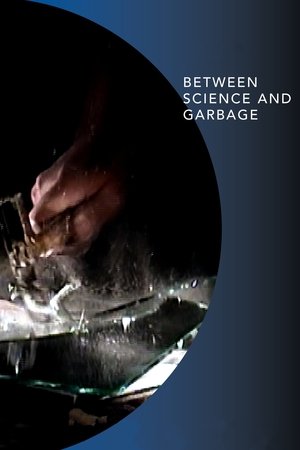 5.2
5.2Between Science and Garbage(en)
A whirlwind of improvisation combines the images of animator Pierre Hébert with the avant-garde sound of techno whiz Bob Ostertag in this singular multimedia experience, a hybrid of live animation and performance art.
Jimmy Dorsey and His Orchestra(en)
In a nightclub setting, Jimmy Dorsey and His Orchestra, with two of his vocalists, perform four of the group's best known songs. For the complete list of songs, check the soundtrack listing.
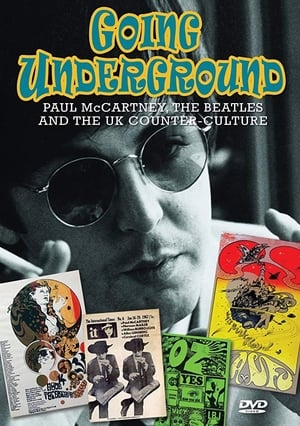 0.0
0.0Going Underground: Paul McCartney, the Beatles and the UK Counterculture(en)
Feature-length documentary examining the growth of the UK Counterculture in the mid-1960s, and Paul McCartney's involvement with this movement, which had a significant impact on the Beatles' music and their evolution during the latter half of the decade.
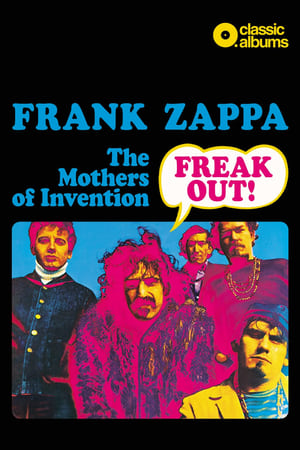 8.6
8.6Classic Albums: Frank Zappa & The Mothers Of Invention - Freak Out!(en)
This programme tells the story behind the conception, recording and release of this groundbreaking album. By use of interviews, musical demonstration, performance, archive footage and returning to the multi tracks with Ahmet Zappa and Joe Travers we discover how Frank Zappa and The Mothers of Invention created the album with the help of legendary African- American producer Tom Wilson.
 0.0
0.0Sasha Grey(en)
“For my film portrait of Sasha Grey, I wanted to focus on her expressive and psychological transformation into a cinematic actor, separate from the cues that have associated Sasha with her previous career as a performance artist working within the adult film world.” – Richard Phillips
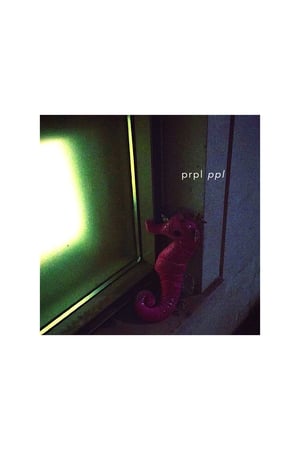 0.0
0.0Chance Encounters With Oxygen(en)
A psychedelic, avant-garde collage film designed to accompany PRPL PPL's experimental album of the same name.
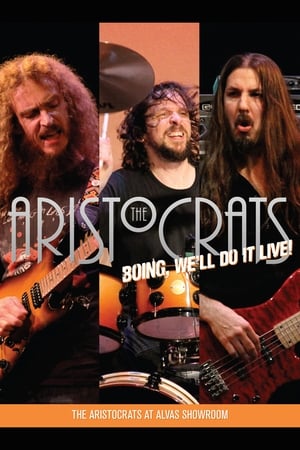 9.0
9.0The Aristocrats - Boing, We'll Do It Live!(en)
Boing, We'll Do It Live! is the first live album of The Aristocrats, released on December 10, 2012. Footage and sound for this release were recorded in two concerts held at Alvas Showroom in Los Angeles, California. During those concerts the band played material from their debut album as well as songs from each band members' solo projects. The album was released on double-CD and DVD. The deluxe edition consists of both the DVD and the two CDs including two bonus tracks not featured on standard editions.
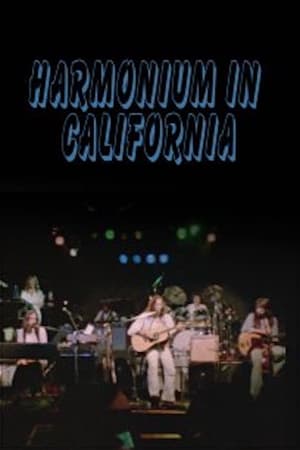 4.0
4.0Harmonium in California(fr)
Through concerts and interviews, folk-progressive group Harmonium takes Quebec culture to California. This documentary full of colour and sound, filmed in California in 1978, recounts the ups and downs of the journey of the Quebec musical group Harmonium, who came to feel the pulse of Americans and see if culture, their culture, can succeed in crossing borders.
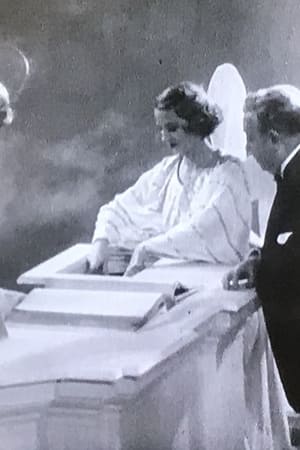 0.0
0.0Off the Record(en)
This musical short salutes bandleader B.A. Rolfe on his 40th anniversary in show business.
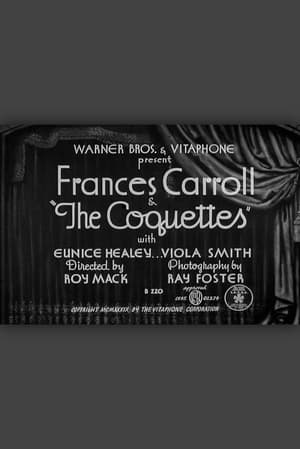 5.0
5.0Frances Carroll & 'The Coquettes'(en)
Bandleader Frances Carroll leads The Coquettes, an all-female band, in several swing tunes.
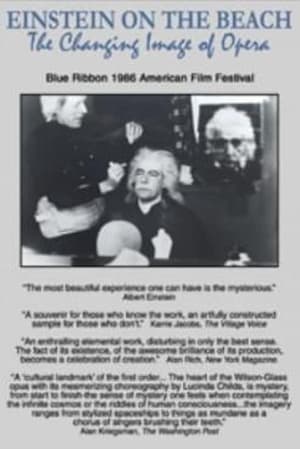 10.0
10.0Einstein on the Beach: The Changing Image of Opera(en)
The creative processes of avant-garde composer Philip Glass and progressive director/designer Robert Wilson are examined in this film. It documents their collaboration on this tradition breaking opera.
Stan Kenton and His Orchestra(en)
A brief history of Stan Kenton's musical career from taxi-dance gigs to his successful big band orchestra.
 7.5
7.5Berlin: Symphony of a Great City(de)
A day in the city of Berlin, which experienced an industrial boom in the 1920s, and still provides an insight into the living and working conditions at that time. Germany had just recovered a little from the worst consequences of the First World War, the great economic crisis was still a few years away and Hitler was not yet an issue at the time.
 0.0
0.0Casual Workers(en)
An abstract perspective into two young South African workers in the heart of Johannesburg's industrial sector during Covid-19
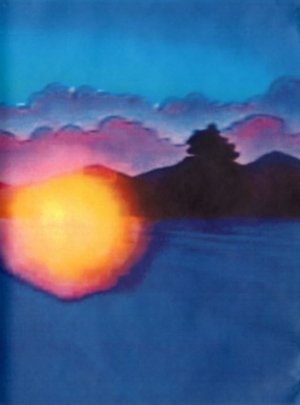 9.5
9.5Memory Vague(en)
Created entirely from YouTube videos and edited in Windows Movie Maker, Lopatin recomposes outmoded video graphic landscapes via repetition and abuse.
 6.5
6.5Bauhaus 100(en)
In 1919 an art school opened in Germany that would change the world forever. It was called the Bauhaus. A century later, its radical thinking still shapes our lives today. Bauhaus 100 is the story of Walter Gropius, architect and founder of the Bauhaus, and the teachers and students he gathered to form this influential school. Traumatised by his experiences during the Great War, and determined that technology should never again be used for destruction, Gropius decided to reinvent the way art and design were taught. At the Bauhaus, all the disciplines would come together to create the buildings of the future, and define a new way of living in the modern world.
